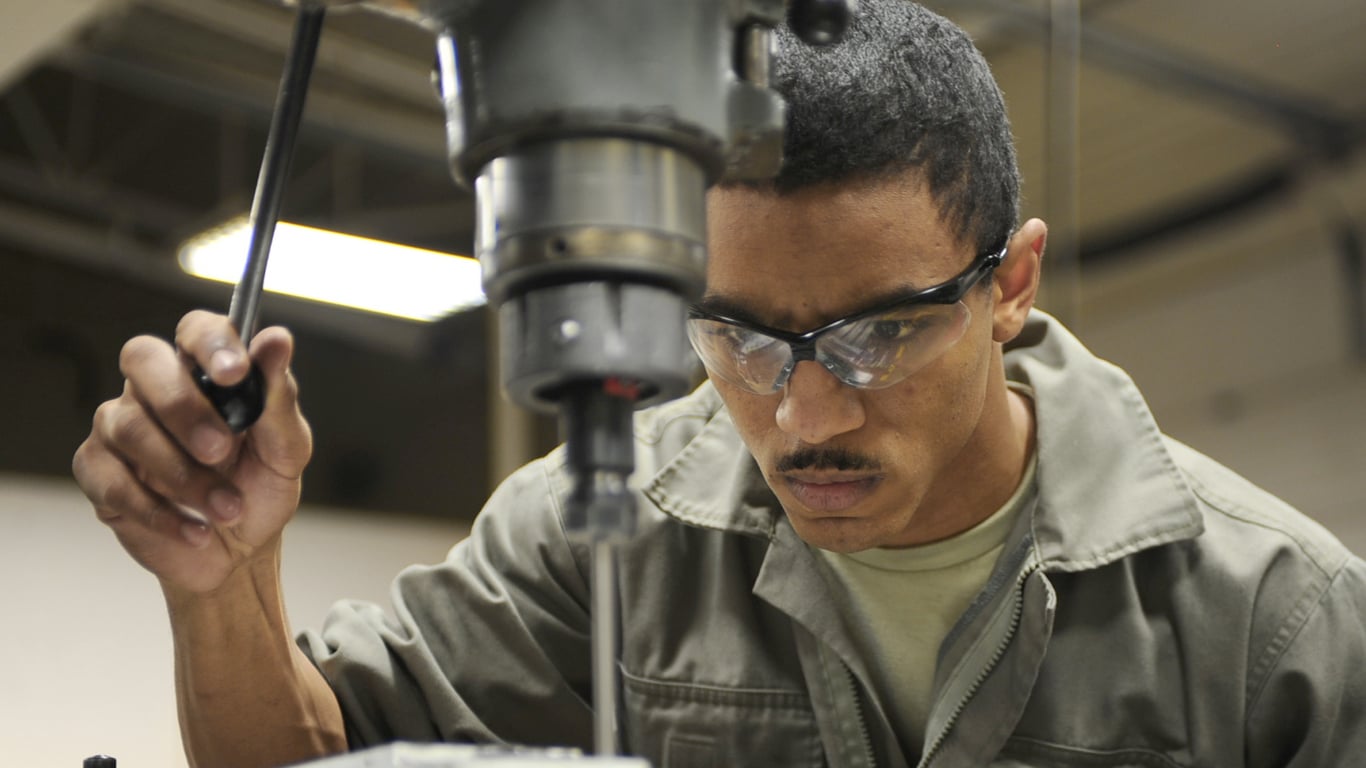Be Safe! Top Tips For Machine Tool Operators

Safety in the workplace is never a subject to be taken lightly. Despite strict regulations, incidents continue to occur – often with horrific outcomes – and this is only amplified in workplaces where humans operate machines.
Employers have a duty of care to their employees and any non-employees on-site to carry out risk assessments and put in place preventative and protective measures. Regular reviews are also mandatory, with further implementation of any measures deemed necessary.
Machine tool operators are, by very the nature of the machinery they work with, exposed to the potential for harm. While it is indeed the responsibility of the employer to make the workplace a safe environment, individuals should also take the approach that they too play a part in their own continued well-being when at work.
The following are vital elements of safety for all who operate or work in an area where there are machine tools.
- Only operate machinery on which you’ve been trained: Thorough training is essential, and something that should never be omitted. No matter what the circumstances, if an employee hasn’t received full training, they should not be operating the machine.
- PPE – at all times: PPE, or Personal Protective Equipment should be issued, of good condition, and worn whenever operating a machine. This includes boots, googles, helmets, ear defenders, protective clothing and more.
- Guards and doors should be kept closed at all times when the machine is being operated: These are in place for a reason – either to prevent debris flying out or to shield workers from moving parts. If there is ever a reason to access a machine while it’s running there should be a clear company policy in place as to how safely carry this out.
- Do not use and immediately report defective tools and parts
- Machines should be observed at all times: Even if it’s been programmed to carry out a task, it’s essential to watch the machine in case an issue arises that needs to be dealt with.
With the most common areas of risk being that of manual handling, machinery safeguarding, hazardous substances, vibration and that of excess noise, health and safety within the workplace where machinery is being operated is a vital aspect of a business operation.
For machine tool operators it’s never too often to personally revisit your own safety regime. Doing so on a regular basis ensures that you carry out the following each and every time you prepare to use a piece of equipment:
- You’re up to date as to the current training, manufacturer guidelines, usage and tolerances for tools
- You always carry out the necessary checks on all tools before using them
- You ensure that surfaces and the area around the machine are clean, free of debris and uncluttered
- You double check that all tools are set correctly before commencing work
- You’ve set the spindle direction correctly set for left or right handed operation, as per your needs.
Such precautions should be implemented when any type of machinery and equipment is being used – it’s not only restricted to those who use large machine tools. Any industry where people, goods, vehicles, equipment etc. are involved provides a potentially dangerous environment.
One of the most crucial times to carry out risk assessments and necessary training is when a new piece of machinery is introduced to the workplace. For those who source their equipment from leading industry provider, Nexxis, safety for all concerned is part of the package. From optimum operation, training needs and maintenance essentials, our international reach is backed by the highest of health and safety standards.
